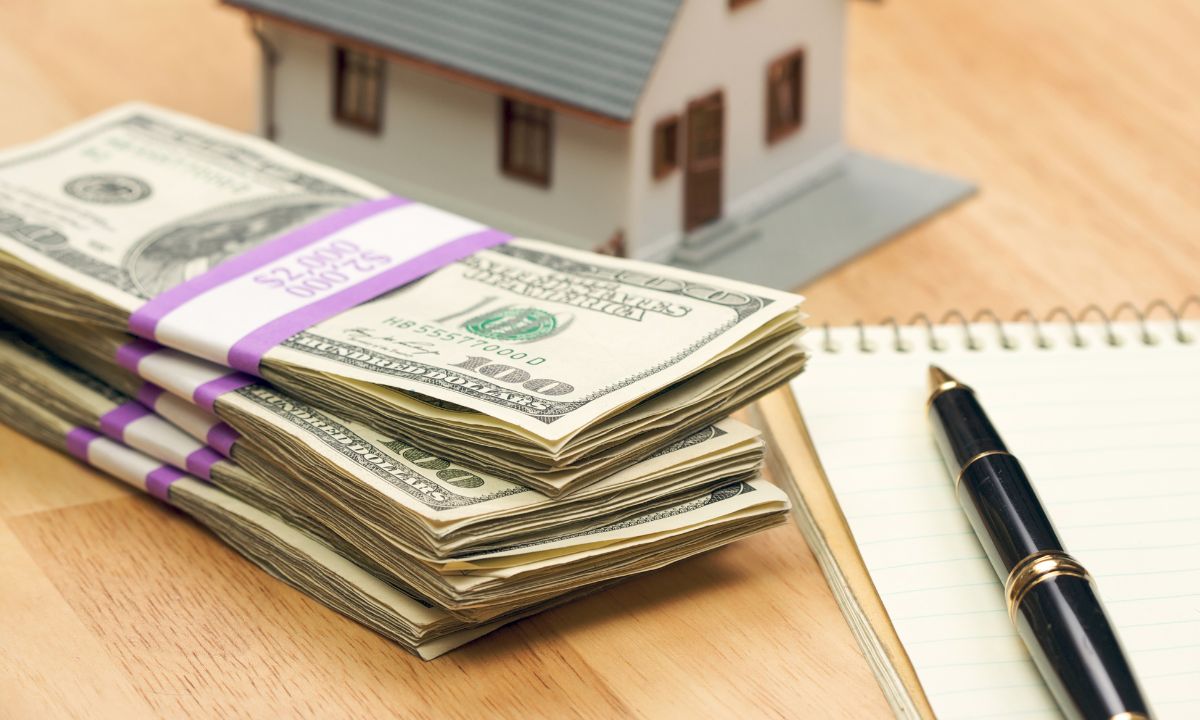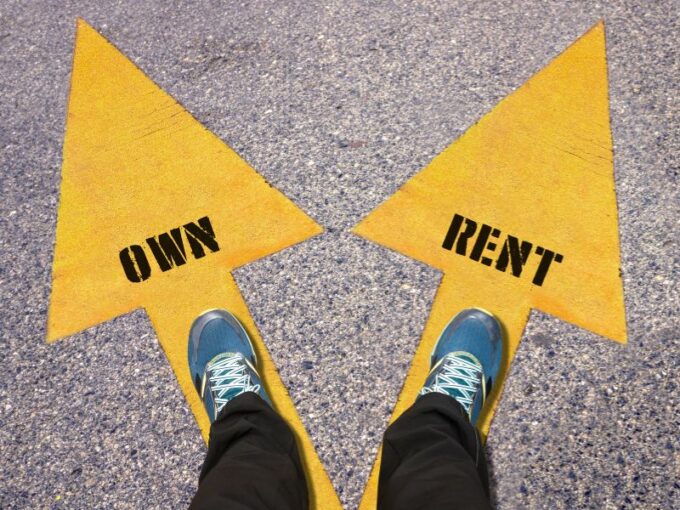3 Considerations When Making A Down Payment
 When considering the journey of purchasing a new home, one of the fundamental decisions you’ll encounter revolves around determining the appropriate amount of money to allocate for your down payment. It’s a decision-making process that involves weighing the benefits of opting for a larger down payment against the potential advantages of utilizing some of those funds to purchase “discount points,” thereby reducing your interest rate. Each option carries its own set of merits and demerits, and the optimal choice for you hinges on a careful examination of your unique financial circumstances and objectives.
When considering the journey of purchasing a new home, one of the fundamental decisions you’ll encounter revolves around determining the appropriate amount of money to allocate for your down payment. It’s a decision-making process that involves weighing the benefits of opting for a larger down payment against the potential advantages of utilizing some of those funds to purchase “discount points,” thereby reducing your interest rate. Each option carries its own set of merits and demerits, and the optimal choice for you hinges on a careful examination of your unique financial circumstances and objectives.
Here’s a more detailed exploration of the factors to consider:
Cost of Borrowing: In general, reducing your interest rate typically involves paying a premium upfront. Lenders commonly charge up to one percent (or one point) of your loan amount to lower your mortgage interest rate. Before committing to paying discount points, it’s imperative to conduct a thorough cost-benefit analysis. Calculate the potential monthly savings resulting from the reduced interest rate and determine how long it will take to recoup the initial investment. Additionally, it’s worth noting that discount points are typically tax deductible, adding another layer of financial consideration. Consulting with your tax planner or financial advisor can provide valuable insights into the tax implications and overall financial impact of this decision.
Larger Down Payment Equals More Equity: One of the primary advantages of making a larger down payment is the immediate boost it provides to your equity in the home. By putting more money down upfront, you reduce the amount of money you need to borrow, thereby increasing your stake in the property. This enhanced equity position can have several favorable implications, including lower monthly mortgage payments, potentially more favorable loan terms, and the possibility of avoiding private mortgage insurance (PMI) requirements, depending on the amount of equity you have at the time of closing. Additionally, a higher level of equity provides a greater cushion against fluctuations in the housing market and may increase your borrowing power for future endeavors.
Qualifying for a Loan: For individuals facing challenges in qualifying for a mortgage loan, carefully assessing the impact of different down payment and interest rate scenarios is crucial. In some cases, strategically combining a larger down payment with a lower interest rate achieved through discount points can make the difference between approval and rejection. Your mortgage advisor or loan officer can provide personalized guidance and assistance in evaluating which approach is most conducive to your financial goals and loan eligibility criteria.
Ultimately, the decision regarding your down payment strategy should be informed by a comprehensive evaluation of your financial situation, long-term objectives, and risk tolerance. Engaging in open dialogue with your mortgage advisor, financial planner, and tax professional can help you navigate this complex decision-making process with confidence and clarity. By carefully weighing the potential benefits and trade-offs of each option, you can devise a strategy that aligns with your unique needs and aspirations, setting you on the path to homeownership success.

 So, you’ve decided to take the plunge into homeownership – congratulations! One of the most critical aspects of buying a home is figuring out your down payment. It’s a significant financial commitment that can shape your home-buying journey. But fear not! There are various down payment options available to suit different financial situations and goals. Let’s explore them together.
So, you’ve decided to take the plunge into homeownership – congratulations! One of the most critical aspects of buying a home is figuring out your down payment. It’s a significant financial commitment that can shape your home-buying journey. But fear not! There are various down payment options available to suit different financial situations and goals. Let’s explore them together. Embarking on the journey of homeownership is an exciting and significant step in one’s life. One crucial aspect of this process is the down payment, which can greatly influence the terms of your mortgage. In this blog, we will delve into various down payment options and examine how they can impact your mortgage terms.
Embarking on the journey of homeownership is an exciting and significant step in one’s life. One crucial aspect of this process is the down payment, which can greatly influence the terms of your mortgage. In this blog, we will delve into various down payment options and examine how they can impact your mortgage terms. Going from renting to owning a home can be a significant financial and personal milestone, but it requires careful planning and preparation. Here are some steps to take to make the transition from renting to owning:
Going from renting to owning a home can be a significant financial and personal milestone, but it requires careful planning and preparation. Here are some steps to take to make the transition from renting to owning: Buying a home, a car, or any significant investment often involves making a down payment. The down payment is a crucial part of the purchasing process, as it can impact your loan terms, interest rates, and monthly payments. But how much should you save for a down payment, and why is it so important?
Buying a home, a car, or any significant investment often involves making a down payment. The down payment is a crucial part of the purchasing process, as it can impact your loan terms, interest rates, and monthly payments. But how much should you save for a down payment, and why is it so important?